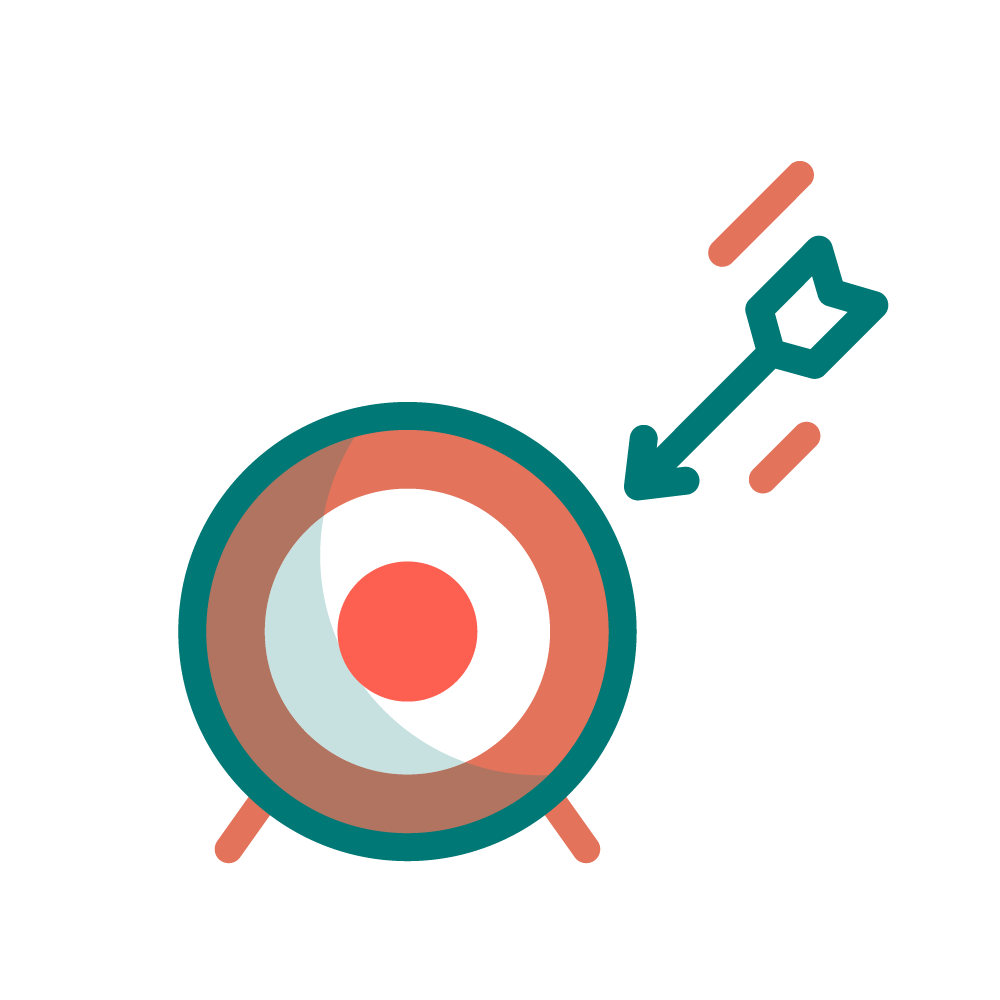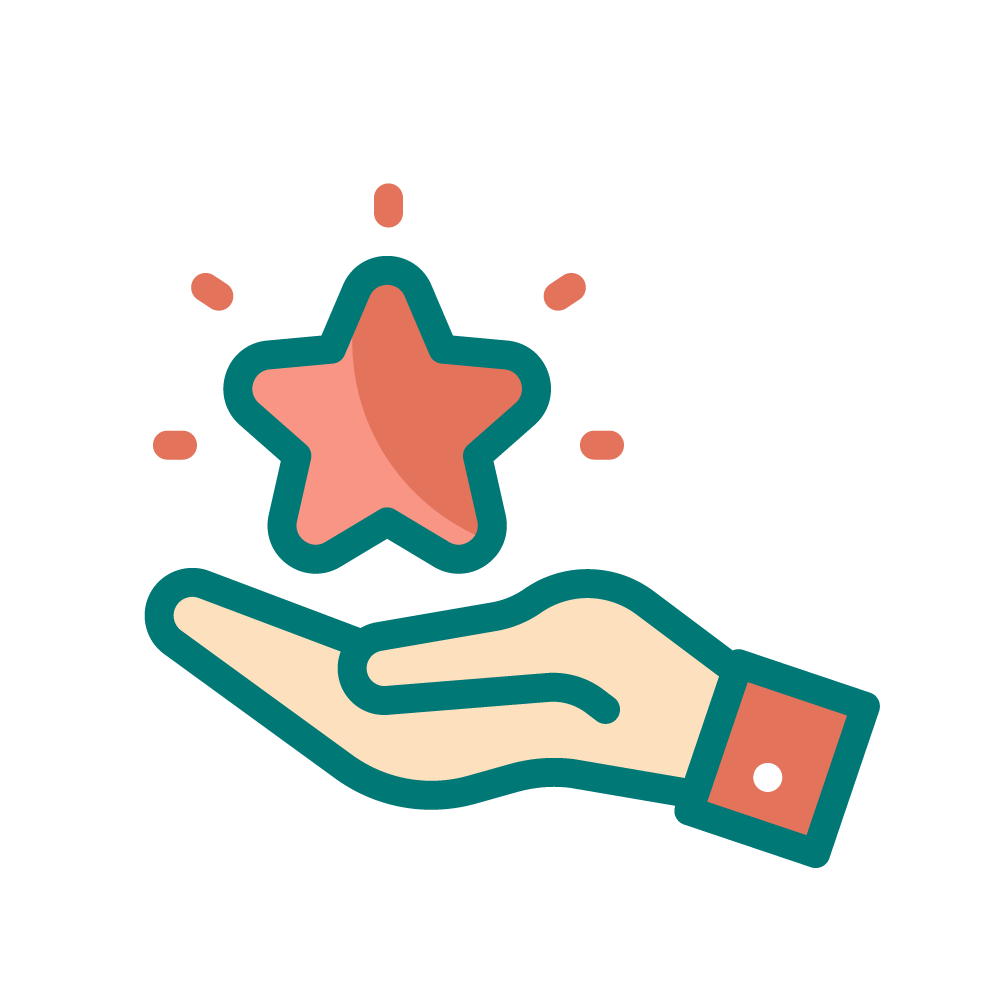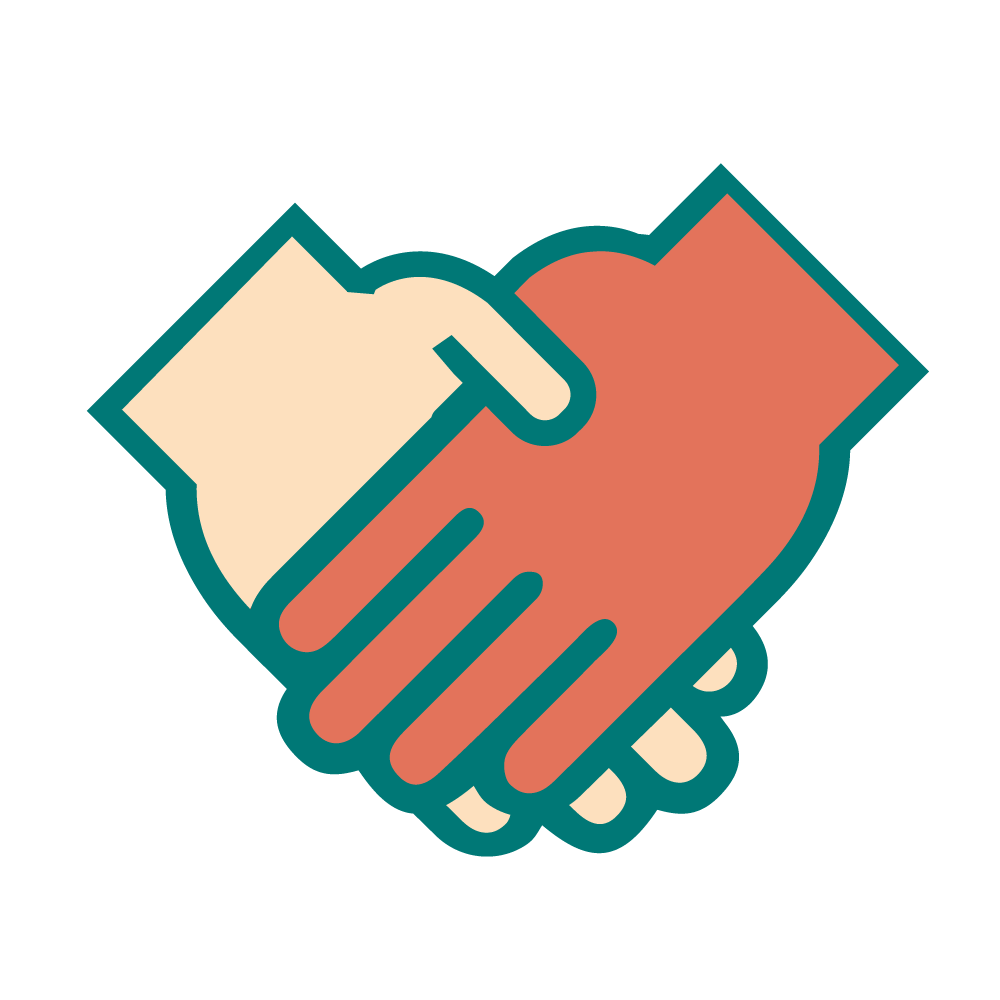تعد مراكز وعد للصحة والرفاه شركة رائدة تقدم مجموعة متنوعة من خدمات الطب النفسي و الارشاد النفسي والاجتماعي وإعادة التأهيل لكل من البالغين والأطفال. كما أن نهجنا متعدد التخصصات يضمن تلبية الاحتياجات الفريدة لكل مستفيد، وتقديم الرعاية الشخصية لمساعدة المستفيدين على تحقيق الصحة النفسية والعاطفية والجسدية المثلى.
خدمات شاملة للجميع !
 الرسالة
الرسالة
 الرؤية
الرؤية
الإسهـــــام في تكويـــن مجتمــع حيـوي نابضــاً بالحيـاة مـن خلال الالتـزام برفاهيـة المستفيديـن وأسرهم
 القيم
القيم
- الجودة: تقديم رعاية عالية الجودة تستند على الادلة والفعالية والكفاءة.
- الشفافية: مشاركة الآراء والأفكار بكل وضوح مع مستفيدينا.
- الاحترافية: تقديم خدمات ذات كفاءة عالية للمستفيدين.
- الشمولية: تقديم علاج شامل للمستفيد ، يلامـس الاحتياجــات النفسيــة والعـاطفيـــــــــة والاجتمـاعية والجسدية.
- السرية: في عملنا سنبذل قصارى جهدنا لحماية خصوصة مستفيدينا أثناء استمتاعهم ببرامجنا، كما نتوقع من جميع مستفيدينا مشاركة هذا الالتزام .
Our Centers
Why Choose Us

- فريق مدّرب دولياً : فريقنا القائم على البرامج العلاجية من الخبراء والأطباء الرائدين ومدربين دولياً وذو كفاءة عالية في تخصصات مختلفة.
- معايير سريرية مطابقة لشروط الحوكمة : المركز مطابق لاشتراطات ومواصفات وزارة الصحة ووزارة الموارد البشرية والشؤون الاجتماعية لتقديم الخدمات بأفضل جودة.
- الخبرة: يعتبر من المراكز الرائدة والأولى في مجال الصحة النفسية والتأهيل الشامل في المنطقة حيث يقدم فريقنا دعماً متخصصاً للصحة النفسية والجسدية في بيئة داعمة وحديثة ومثالية.
- برامج العلاج : تنوع البرامج العلاجية في مراكز وعد لتحقيق رؤية المركز في تقديم الرعاية الشاملة للمستفيد، حيث يتم تحديد برنامج علاجي لكل مستفيد بحيث يتناسب مع احتياجاته الصحية والنفسية.
- الرعاية والمتابعة: تزداد حالات الانتكاس في حالة عدم وجود رعاية ومتابعة بعد الانتهاء من البرامج العلاجية ، لذا نحرص في وعد على متابعة المستفيد بعد الانتهاء من البرامج ، لتقديم كافة الاستشارات التي يحتاجها.
- أسعار في متناول الجميع: تقدم مجموعة مراكز وعد خدماتها بأسعار تنافسية تتناسب مع جودة الخدمة المقدمة.
- ساعات العمل: ساعات استشارية صباحية ومسائية مرنة تتناسب مع عملك والتزاماتك.
استشارات العلاج النفسي العائلي.
نولي أهمية كبيرة لقيمنا. وفي صميم فلسفتنا النزاهة والرحمة والاحترام والاحتواء ونسعى جاهدين لمساعدة كل مستفيد بعناية فائقة وخلق بيئة آمنة وجذابة مرحب بها لأي شخص يسعى للحصول على خدماتنا..
sessionCountLabel
patientCountLabel
serviceCountLabel
Our Team

ابراهيم خليل
الرئيس التنفيذي - أخصائي نفسي أول
ماجستيرعلم نفس ارشادي حاصـل على الرخصـة الدولية للتعامل مع اضطرابات الادمان باعتماد من NAADAC
Our Blog Articles.

الإدمان السلوكي
اضطراب الإدمان السلوكي ليس شائعًا مثل اضطراب تعاطي المخدرات، وربما يرجع ذلك إلى حقيقة أن السلوكيات لا تؤثر على الحالة العقلية للشخص بنفس الق ...

الإدمان على المنبهات
تزيد العقاقير المنشلة من طاقة الشخص وانتباهه ، وهي مجموعة من الأدوية المنشطة عادة ما تكون بثلاثة أشكل شائعة والتي تعرف باسم الأمفيتامينات ( ...

الإدمان على الأفيون
الإدمان على الأفيون يستخدم مصطلح ” الأفيون” لوصف المواد التي تؤثر على الجهاز العصبي المركزي في الدماغ من خلال الارتباط بمجموعة من المستقبلات ...















